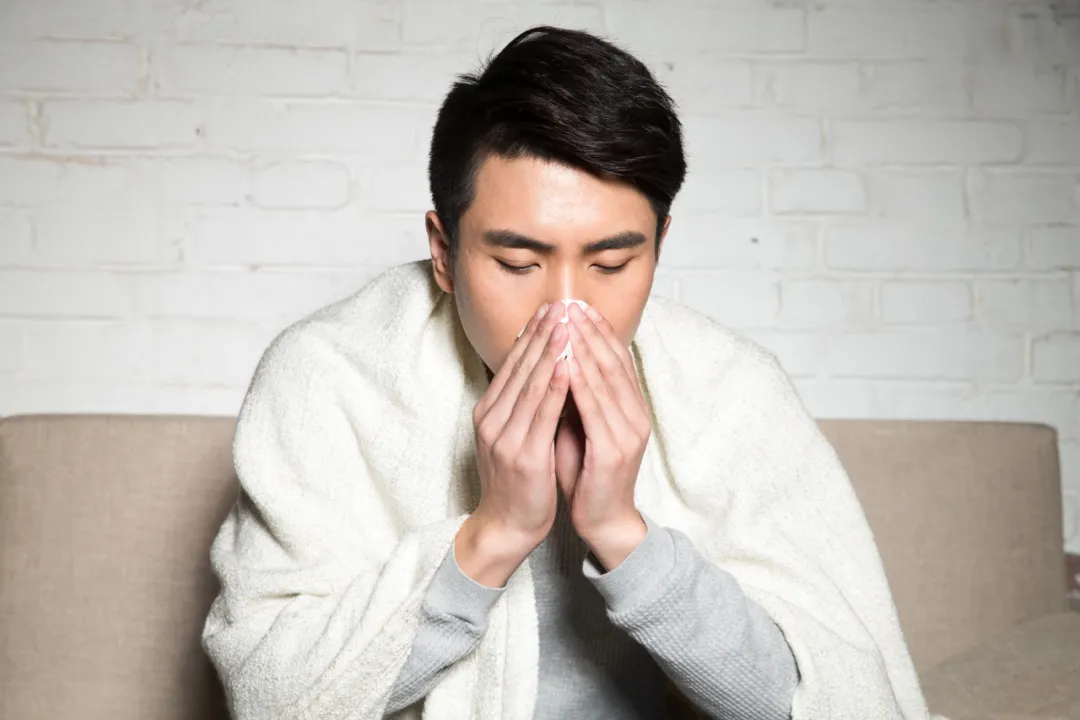For four years, Mr. Li (pseudonym) has battled
maxillary sinusitis—marked by chronic nasal congestion, purulent discharge, dizziness, and headaches. Despite visiting multiple hospitals, he recoils at the unanimous surgical advice.
 Is surgery the only path?
Is surgery the only path? Before answering, let’s explore this stubborn condition.
**01
Maxillary Sinusitis: A "Secret Garden" Under Siege**
The paranasal sinuses are air-filled cavities surrounding the nasal passages: four pairs (frontal, maxillary, sphenoid, and ethmoid) forming a hidden “secret garden” vital to health.
The
maxillary sinuses, the largest pair, lie behind the cheekbones within the maxillary bones. Shaped like pyramids, they lighten the skull, enhance vocal resonance, and humidify nasal air.
Like any garden facing pests, the maxillary “garden” can falter.
Acute maxillary sinusitis: Features fever, fatigue, body aches, headaches, congestion, and purulent discharge. Timely treatment typically resolves symptoms quickly.
Chronic maxillary sinusitis: Less severe but persistent, with recurrent episodes. Symptoms include unilateral/bilateral sinus discomfort, anterior/posterior nasal drip, foul-smelling phlegm, headaches, smell loss, and even cognitive impacts (memory/attention deficits).
Early intervention is critical.
02
Root Causes: The Culprits Behind Maxillary Sinusitis**
Infection: Bacteria, viruses, or fungi—often from upper respiratory infections (e.g., colds)—spread to the maxillary sinuses.
Dental issues: Infections (e.g., pulpitis, periapical abscess) in upper molars can invade the sinuses, causing
odontogenic sinusitis.
Allergies: Pollen/dust-induced mucosal swelling blocks sinus drainage.
Structural abnormalities: Deviated septum, polyps—impair ventilation/drainage.
Environmental factors: Pollution, smoke, chemicals irritate sinuses.
Immunocompromise: Diabetes, HIV—heighten infection risks.
03
Battle Plan: Defending the Maxillary Sinus**
Tailored strategies based on cause:
Inflammation/allergy-driven cases:
Medications: Antibiotics, antihistamines.
Protection: Mask-wearing to reduce irritant exposure.
Dental-linked cases:
Collaborate with dentists: Eradicate dental infections to resolve sinusitis.
Structural defects:
Surgery: Correct abnormalities (e.g., septoplasty, polyp removal) to restore drainage and prevent recurrence.
For Mr. Li and others: A personalized approach—not just surgery—can reclaim nasal health.
